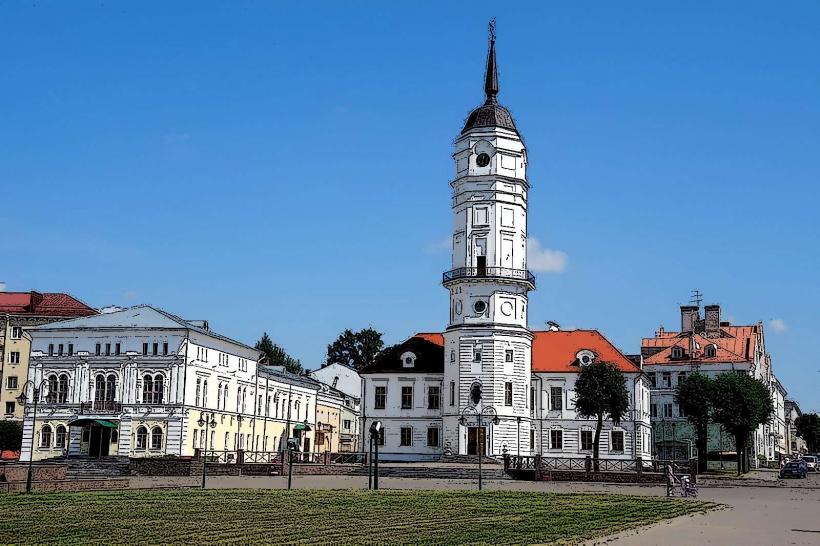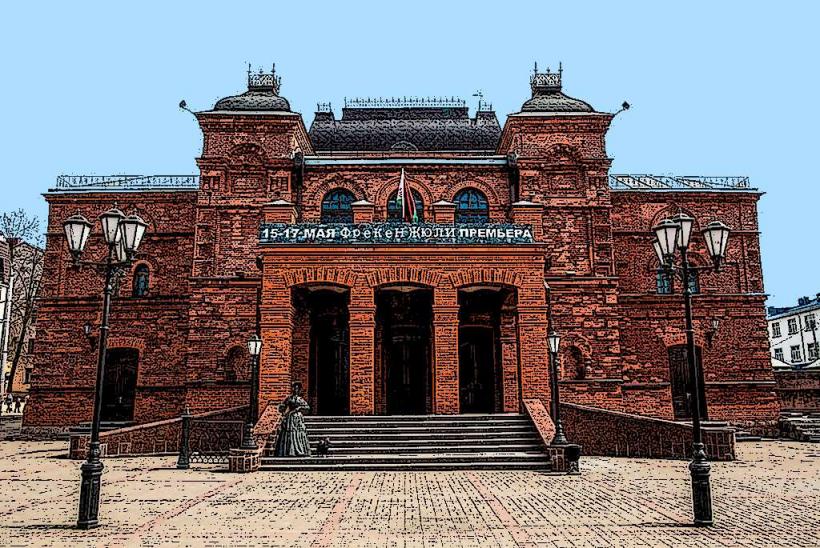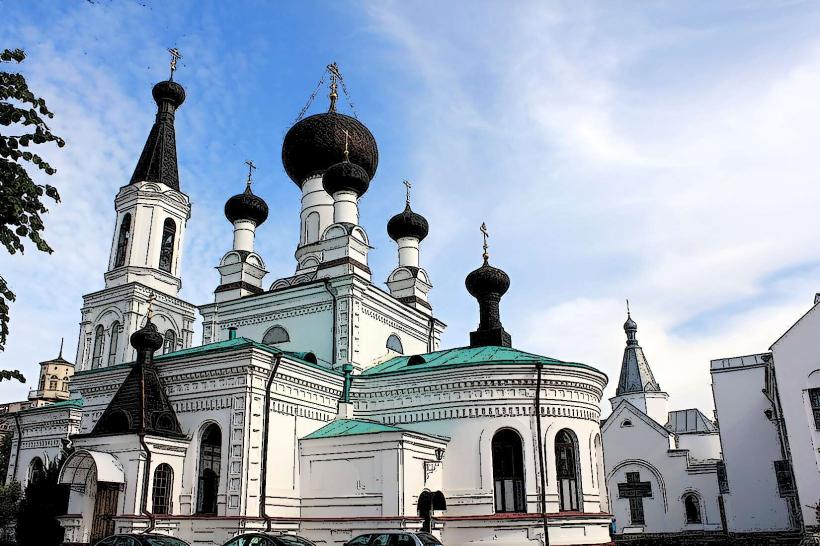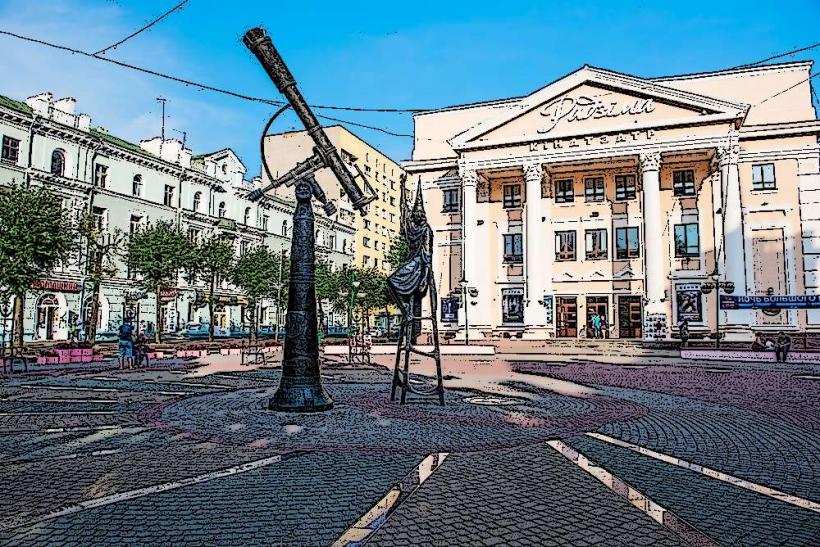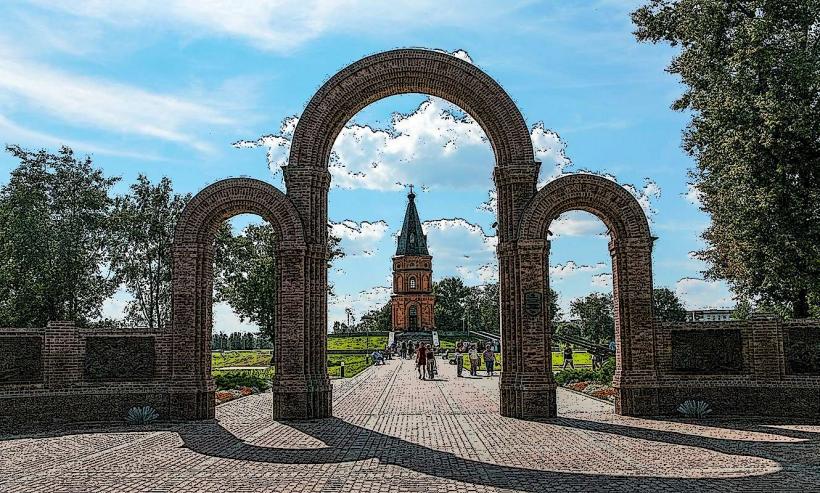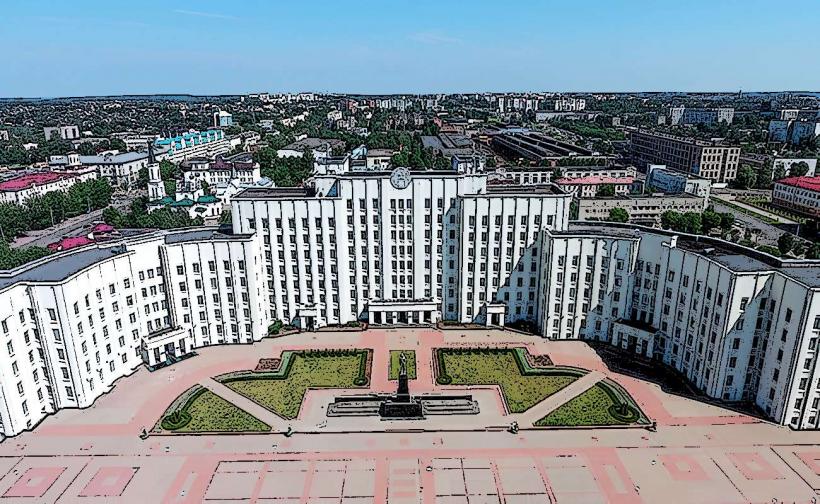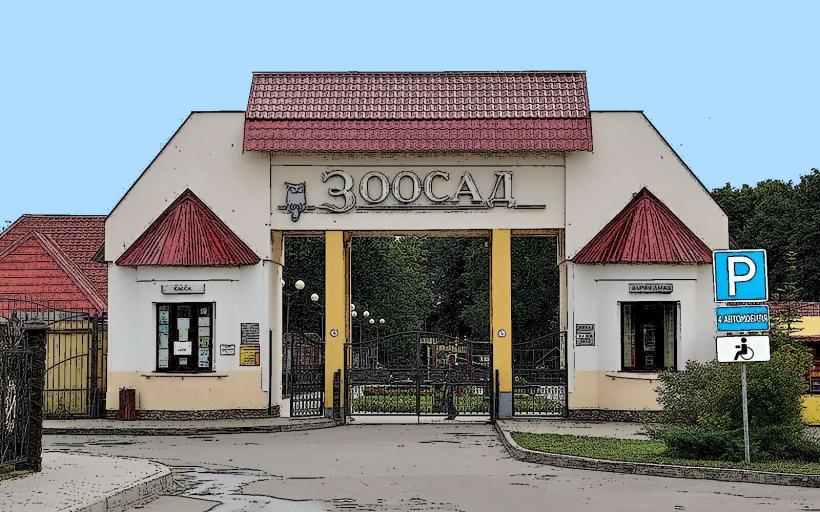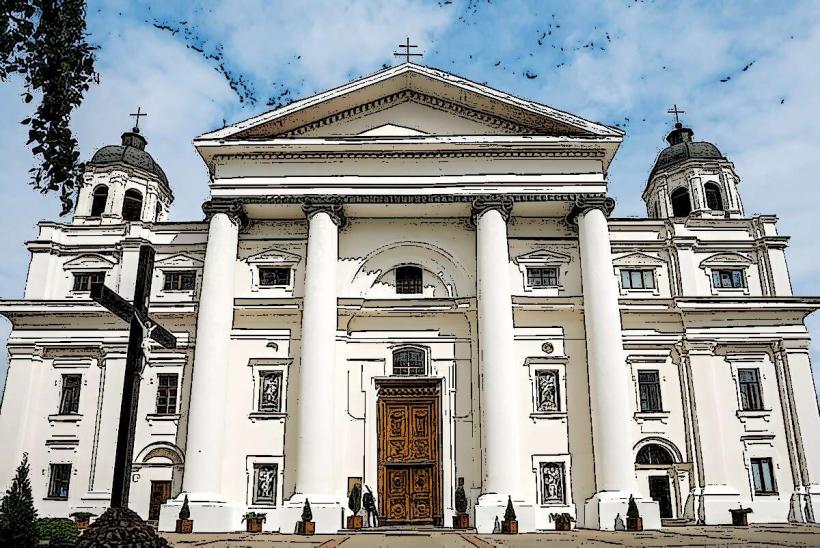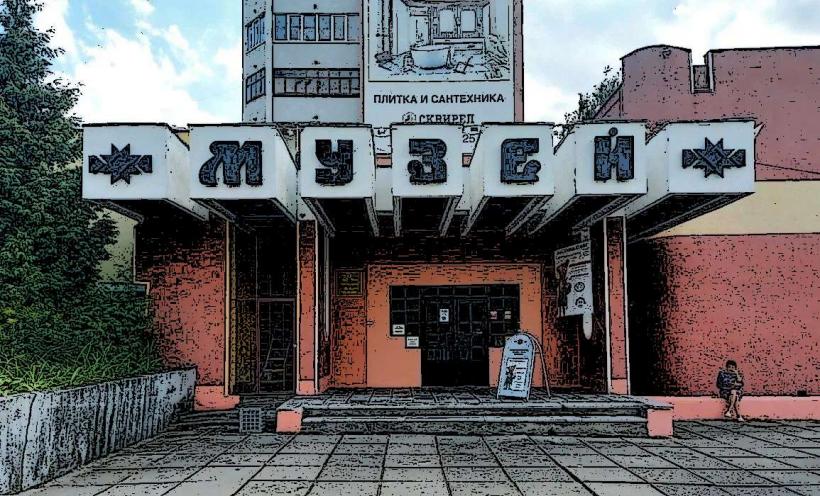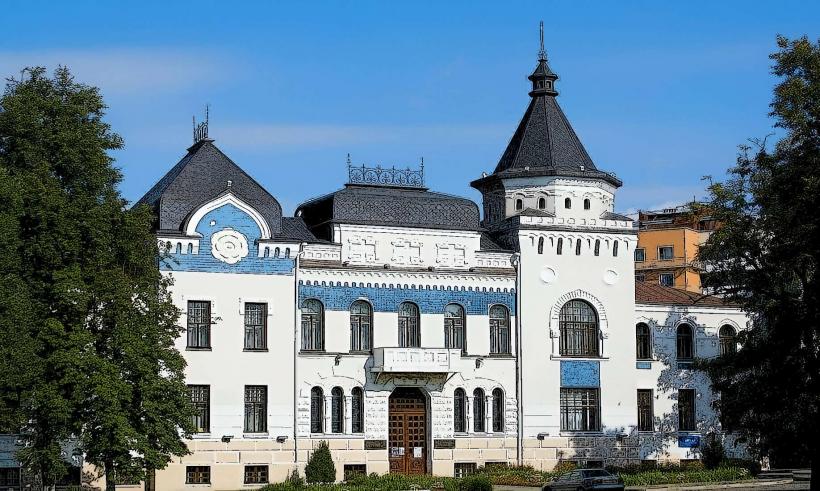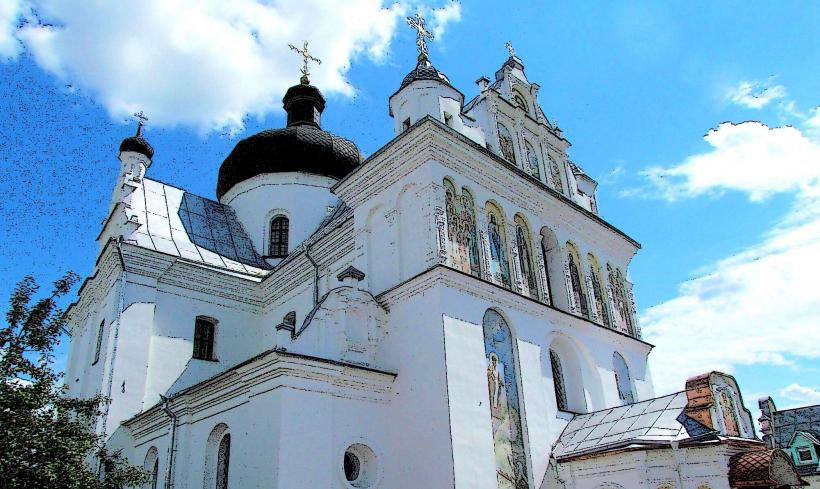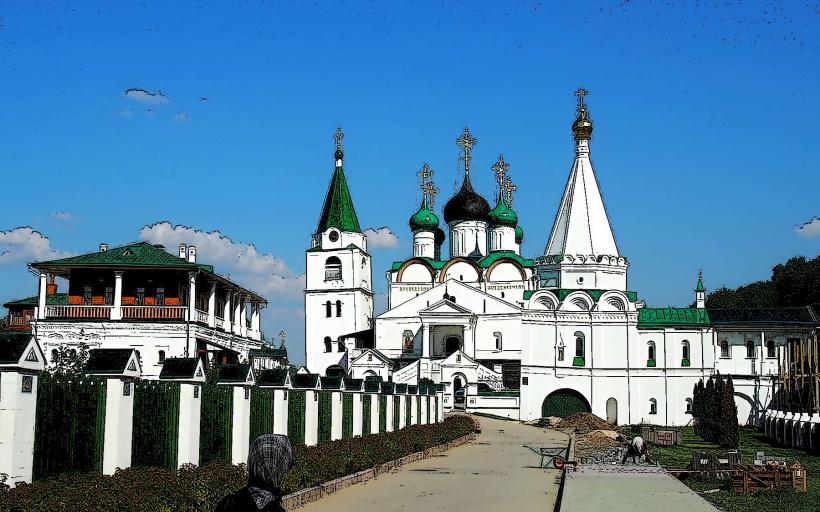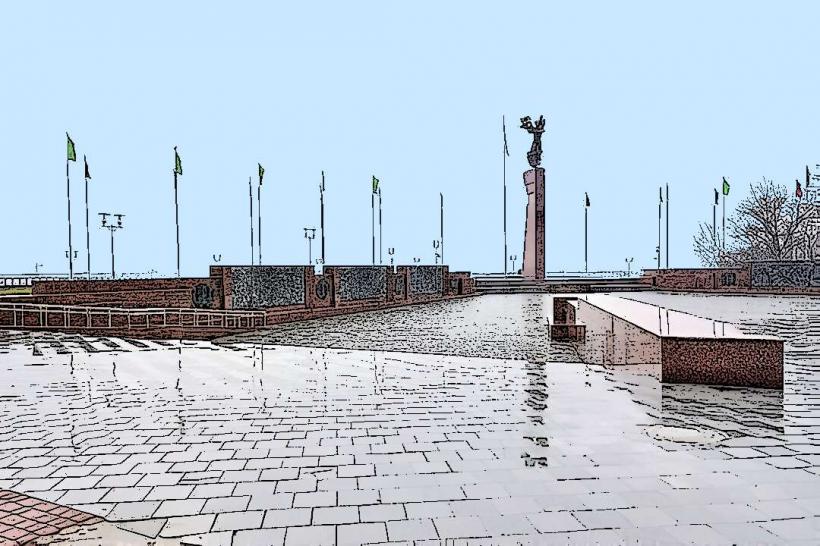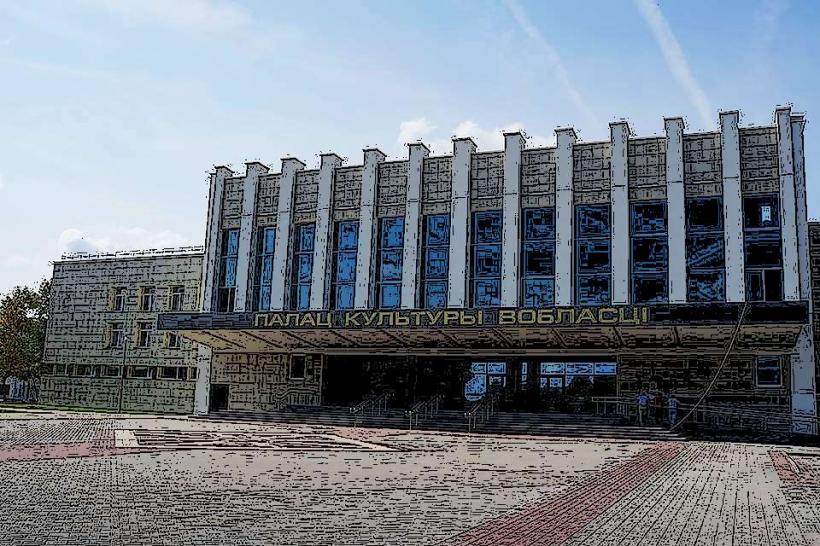Information
Landmark: Lenin SquareCity: Mogilev
Country: Belarus
Continent: Europe
Lenin Square (Ploshchad Lenina) in Mogilev, Belarus, is a central and historically significant public space in the city. As with many towns and cities across the former Soviet Union, the square was named after Vladimir Lenin, the leader of the Bolshevik Revolution, symbolizing the city's connection to Soviet history and its political legacy.
Location and Layout:
Lenin Square is situated in the heart of Mogilev, making it an important focal point in the city’s urban landscape. It serves as a major traffic hub, with key roads and public transportation routes converging at this point. The square is surrounded by significant buildings, including government institutions, shops, cafes, and cultural landmarks, making it a vibrant area that draws both locals and tourists alike.
The square itself is characterized by wide open spaces, gardens, and pedestrian pathways, which are often lined with trees, giving it a spacious and airy feel. At the center of the square, there is typically a monument to Lenin, which was common in many post-Soviet cities. The statue, depicting Lenin in a standing pose, reflects the reverence and ideological symbolism that Lenin and his revolution held during the Soviet era. The monument, once a symbol of the power and influence of the Soviet state, remains a significant historical marker in the city.
Historical Context:
Lenin Square in Mogilev, like many others across Belarus and the former Soviet Union, was designed as part of the Soviet-era urban planning strategy. It was meant to serve as a place for large public gatherings, demonstrations, and celebrations. The square would have been an important site for the commemoration of major Soviet holidays such as May Day (International Workers' Day) and Victory Day, where workers, soldiers, and citizens would gather to celebrate Soviet achievements.
The Soviet influence is still visible in the design and function of the square, but since the collapse of the Soviet Union in 1991, the square has become a more neutral space, reflecting the changing political and social atmosphere of Belarus.
Architecture and Surroundings:
In addition to the monument to Lenin, the square is surrounded by significant architecture, with both Soviet-era buildings and more modern structures. Notable buildings around Lenin Square include government offices, cultural institutions, and commercial properties. These buildings represent different periods of Mogilev’s history, from the Soviet era to contemporary times.
Over the years, the square has undergone various renovations and improvements, aimed at enhancing its appearance and functionality. The introduction of greenery, fountains, and benches has made Lenin Square more pedestrian-friendly, allowing it to serve as a public gathering place for residents and visitors.
Cultural and Social Importance:
Today, Lenin Square remains a center for social and cultural activities. It is frequently used for local events, festivals, concerts, and public celebrations. The square also hosts several public demonstrations, rallies, and political events, reflecting its historical role as a site for civic engagement.
It is an important symbol of Mogilev’s past while also being an active part of its contemporary life. The square provides a space where locals can relax, socialize, and connect with their city’s history, making it an essential part of the city’s cultural and social fabric.
Conclusion:
Lenin Square in Mogilev is more than just a public space; it is a historical and cultural landmark that reflects the city’s Soviet past and its ongoing evolution. With its central location, monumental statue, and surrounding buildings, the square continues to serve as a symbol of the city’s heritage and an active hub for public life. For anyone visiting Mogilev, Lenin Square offers an opportunity to reflect on the city’s past while experiencing its present-day vibrancy.

